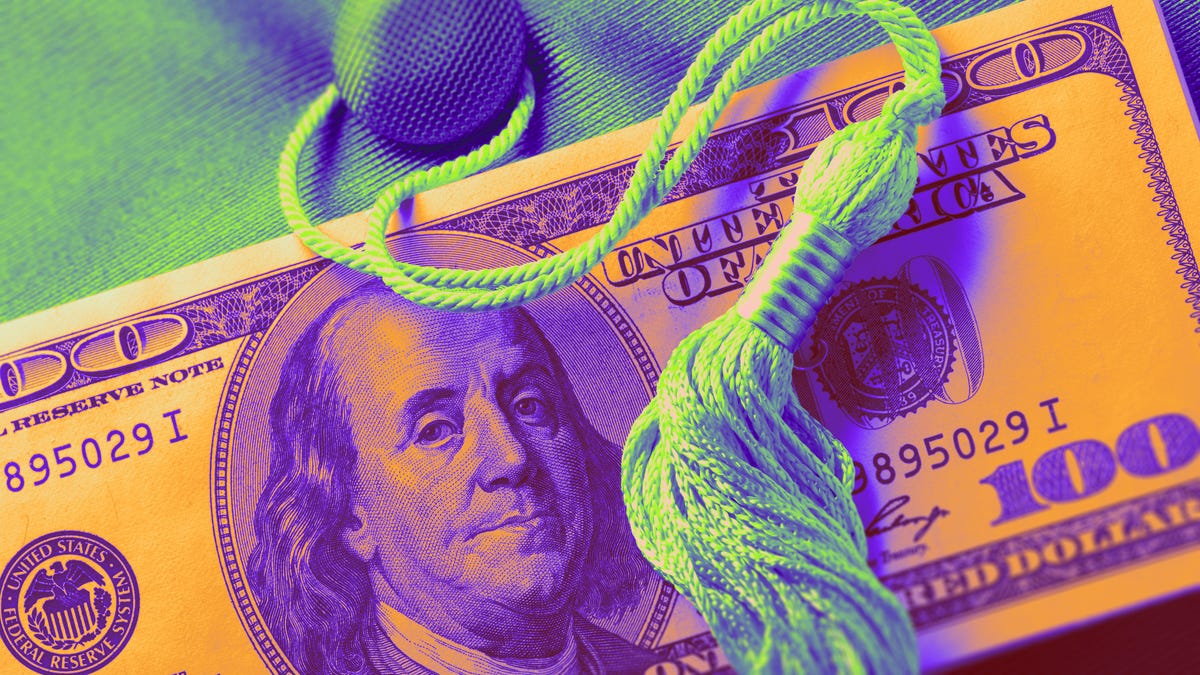Biden’s student loan relief plan gets the green light, but don’t count on debt relief yet

Tens of millions of borrowers could soon get some relief from their student loans after a federal judge ruled Wednesday that the temporary restraining order on the White House’s latest debt relief plan would expire.
The Biden administration’s widespread debt relief plan was first announced in April. The plan was put on hold indefinitely when it was blocked by a judge in August. Lifting the blockade could mean that the debts of 25 million Americans will ultimately be forgiven.
However, efforts to forgive student debt have had a rocky path over the past year, and experts believe it is possible that another lawsuit could halt the initiative once again.
Why was the plan originally blocked?
A Republican-led initiative in seven states resulted in a lawsuit that led a federal court in Georgia to impose a temporary restraining order on the Biden administration’s relief plan before it was even completed.
Courts do not normally block proposals before they are completed. In this case, evidence was presented showing that the Department of Education intended to grant forgiveness to borrowers once the plan’s rules were finalized, rather than waiting the required 60 days. The court stopped the plan as a precaution.
What has changed?
U.S. District Judge Randal Hall ruled Wednesday that Georgia was the inappropriate arena for the lawsuit because the state failed to prove the relief plan would cause sufficient harm to the state. Instead, he ruled that Missouri would be a better state for the case and he would transfer it.
This means that the temporary restraining order that he had placed on the care plan expires.
Who would receive forgiveness under this debt relief plan?
The Biden administration’s debt relief program would cancel some or all of a borrower’s debt:
- If the debt is more than the amount they initially borrowed, after interest
- If the loan is older than 20 or 25 years
- If the borrower’s business school led to large debts or low income.
- Borrowers who are eligible for forgiveness programs but have not applied
If your loan has accrued $20,000 in interest, or you are a single borrower earning less than $120,000, or you are married with a joint income of less than $240,000 and are enrolled in an income-driven repayment plan, you may also eligible for forgiveness.
How likely are borrowers to receive forgiveness through ‘Plan B’
Now that the restraining order has expired, it means the plan can move forward for millions of borrowers unless another block is imposed by the Missouri court or another U.S. court.
Mark Kantrowitz, a financial aid expert, says borrowers shouldn’t get their hopes up just yet. “There could be something of a race between Republicans and the federal government to see who can act first. Given that federal agencies are not acting very quickly, it seems unlikely that borrowers will receive any forgiveness.”
For now, his advice to borrowers was to take it easy and wait for the courts to make final rulings on this forgiveness plan and others, like SAVE.
The Ministry of Education did not immediately respond to a request for comment.




